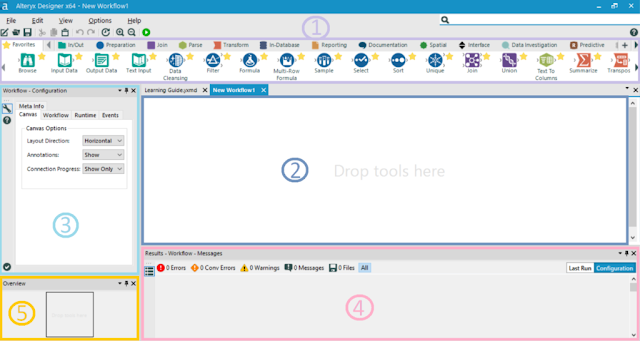Case Study (Literature Review)
This analysis of the relevant literature explores the big WhatsApp hack that took place in May 2019. The review gives a summary of the incident, looks at how it may have affected user privacy and security, and highlights scholarly research on the subject. This review seeks to give a thorough knowledge of the WhatsApp hack and its influence on the digital environment by synthesising pertinent papers, articles, and reports. WhatsApp Hack: Overview of the Incident Detailed overview of the May 2019 WhatsApp hack taking advantage of a flaw in the WhatsApp calling function 2.Pegasus spyware from NSO Group's involvement in the attack Consequences for User Security and Privacy Analysis of the effect on user security and privacy End-to-end encryption breach and trust implications Concerns about surveillance and human rights ramifications Conclusion This study intends to add to a deeper understanding of the occurrenc...







